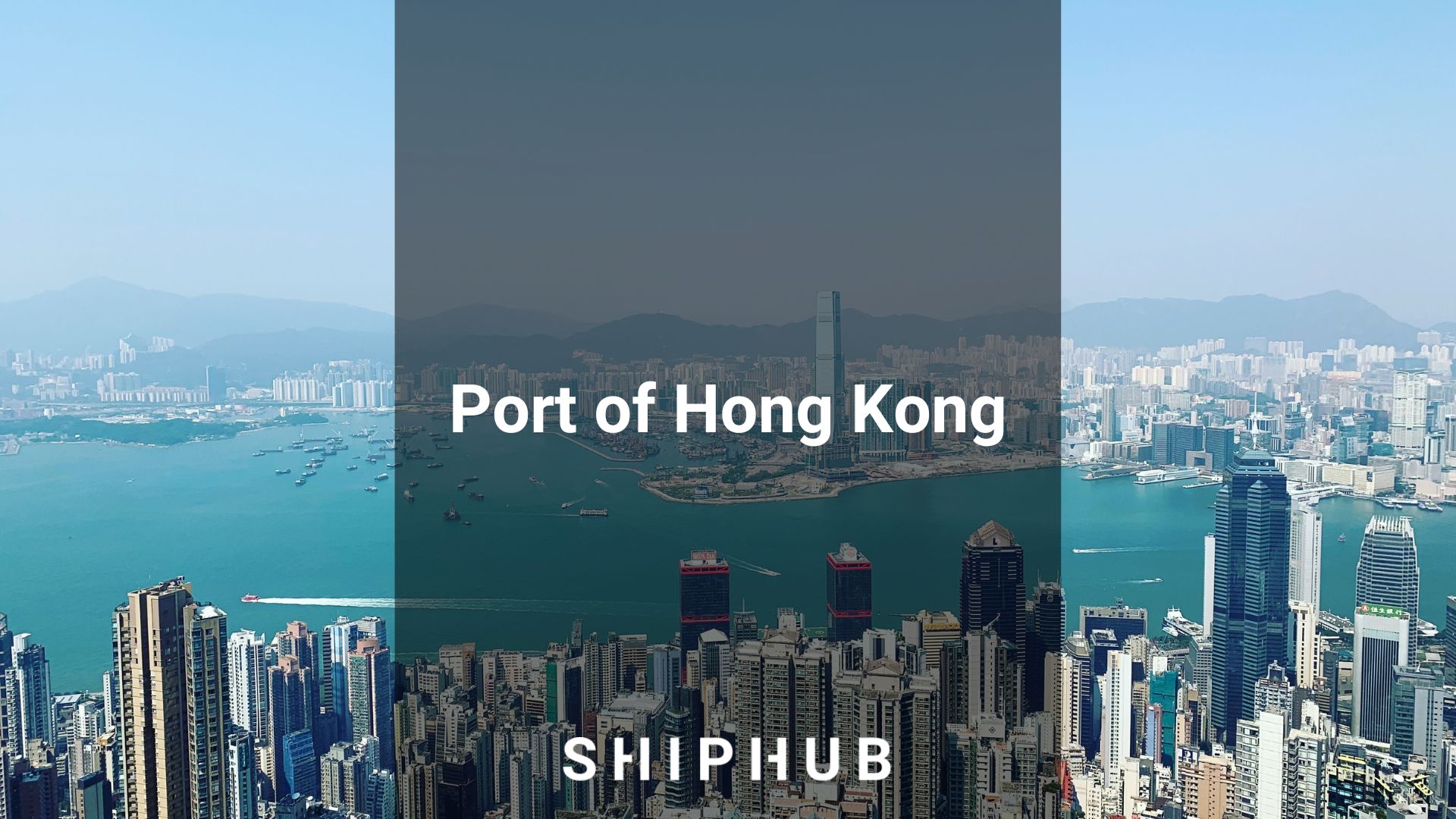The second largest container port in Europe is the port of Antwerp in Belgium. It is also the furthest inland seaport in Europe. Moreover, it is the most important port for steel and petrochemicals on the continent. Read more to get to know the port of Antwerp, the major gateway to Europe, inside out.
Port of Antwerp in Belgium
Port of Antwerp-Bruges (BEANR) is located in Flanders, in the city of Antwerp, the most populous city center in Belgium. Since it is strategically situated in the center of northwest Europe, the port connects other major European ports and ports on different continents (800 destinations). It receives ships carrying more than 20,000 TEU on a weekly basis.
The port is owned and managed by the Antwerp Port Authority, and the terminals are operated by various private companies. About 3.7% of Belgium’s population has a job thanks to the port.
The port is divided into two zones, the Left Bank and the Right Bank:
- The Left Bank features the Verrebroek Dock, the Kallo Lock, the Verrebroek Dock, the Vrasene Dock, and the Deurganck Dock.
- The Right Bank facilities include the Berendrecht Lock, the Bonaparte Dock, the Amerika Dock, the Albert Dock, the Delwaide Dock, the Europa terminal, the North Sea terminal, and the MSC home terminal.
Port of Antwerp’s capacity doubled over the past two decades, reaching 12 million TEU.
Facilities at the port
- The Port of Antwerp can handle a range of breakbulk cargoes, including forest products, steel, food, ro/ro, and project cargo.
- Services like repackaging, labeling, quality control, storage and logistics, towage, pilotage, mooring and unmooring are available.
- Accessible to capezise ships (too large to transit the Panama Canal or Suez Canal).
- MSC is a world leader in global container shipping, and its container in the port of Antwerp, MSC PSA European Terminal, is the biggest in Europe.
- Antwerp’s docks are connected to the hinterland by rail, road, river, and canal waterways.
- The Port of Antwerp has three floating cranes (one with a capacity of 800t and two with a capacity of 45t) and over 30 dock-mounted cranes.
- 26 terminals, max. water depth of 13.5 meters (the Europa Terminal).
- 160 km of quayside available for loading and unloading activities.
- The largest warehouse capacity in Europe, with more than 5.3 million square meters of warehousing area, stores all types of products.

History of the Port of Antwerp
Napoleon Bonaparte ordered the construction of Antwerp’s first lock and dock in 1811. Hence later, it was called the Bonaparte Dock. As time passed, the port expanded, and fortunately, it was relatively undamaged during World War II.
After the war, the port received funds from the American Marshall Plan to modernize and expand. Thus, the Berendrecht Lock was added; at that time, it was the world’s largest shipping lock. From the late ’80s, the port focused on developing fast turnround tidal berths, both on the Right Bank (Europa Terminal and the North Sea Terminal) and the Left Bank (Deurganck Dock).
Now, the port of Antwerp is the second biggest shipping port in Europe (after the port of Rotterdam) in the world’s top 15, annually handling more than 240 million tons of freight. It is home to currently the largest lock in the world, the Kieldrecht lock, and the largest tidal dock, the Deurganck Dock. Both are confirmed by the Guinness Book of World Records.
Port of Antwerp – innovations
To expand, the port of Antwerp acquired land from General Motors, which used to be a factory. Extra Container Capacity Antwerp (ECA) project began with a goal of optimizing existing capacity. After over a decade, the project’s first phase of three was completed. When the whole project is completed, it will be possible for two mega-max ships to operate simultaneously with a draught of 16 meters.
The port of Antwerp helps to combat climate change. The Port of Antwerp began using the first dual-fuel tug powered by hydrogen and diesel. Apart from that, the port takes part in the circular economy to become carbon-neutral by 2050.
The port was a part of COREALIS, a program that strived to change industry policy for the better and focused on six different challenges of the maritime sector: safety and security, interport, mobility, and sustainable modal shift, process and document flow, sustainability, and education through gamification.
The port uses smart technologies like a digital twin port, autonomous drones and vehicles, a 5G network, smart sensors and cameras. The technologies are making the port safer, smarter, and more efficient.
Shipping companies operating in the port
The port of Antwerp has over 300 liner services and is a base for more than 200 forwarding companies. The top five routes connect the port with Houston (Texas), Minneapolis, New York, Seattle, and Valencia. Some of the shipping lines operating in the port of Antwerp:
- Evergreen Marine Corp.
- Hamburg Sud
- Hapag-Lloyd
- Maersk Line
- Mediterranean Shipping Company (MSC)
- MOL
- NYK
- OOCL
- Yang Ming
- Zim.
Learn about ports around the world.
Main photo: erticonetwork.com/port-of-antwerp-innovation-playground-for-ports-of-the-future-initiative





